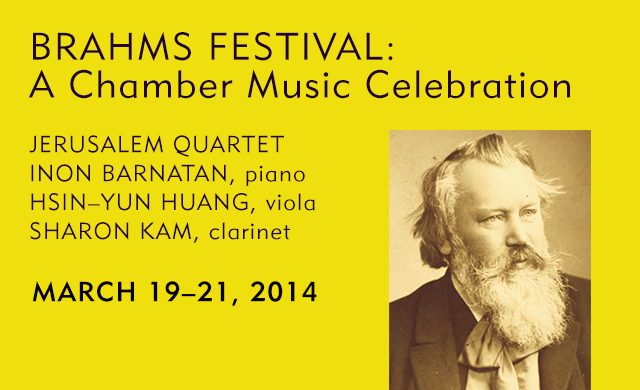Tag: Inon Barnatan
-

PROGRAM NOTES: INON BARNATAN
George Frederick Handel Chaconne in G Major While Handel is principally remembered as a composer of operas and oratorios, it was well known to his contemporaries that he possessed major moxy as a keyboard performer, as well. In witness thereof, history records a famous keyboard duel in 1708 between Handel and Domenico Scarlatti, hosted in…
-

PROGRAM NOTES: BRAHMS FESTIVAL
CONCERT #1 Johannes Brahms String Quartet in C minor, Op. 51, No. 1 If there was one great figure in European music that Brahms revered more than any other, that figure was Ludwig van Beethoven. With the Great Master’s bust looking impassively down on him from the wall of his Vienna apartment, feeling behind him…

